Editor’s note: Dr Roger Bonnet was ESA’s Director of Scientific Programmes from 1983-2001.
When I think of ESOC, I remember without doubt seeing the first image coming from Meteosat, the first European meteorological satellite, whose story I witnessed as a colleague of Pierre Morel, father of this long lineage, and the development and flight of which I observed and admired from ESOC back in 1978.
Of course, the night of 13 March 1986 − when Giotto flew by Halley’s comet − will remain an unforgettable historic moment, for not only those who watched Halley in 1910 and those who might see its return in 2061, but for hundreds of millions of TV viewers around the world. This would not have been possible without the precise ‘driving’ of Giotto, as well as the very professional set-up developed especially by ESOC, which stunned the world and the great bosses of the space agencies who participated in this unique moment.

This view of Comet Halley’s nucleus was obtained by the Halley Multicolour Camera (HMC) on board the Giotto spacecraft, as it passed within 600 km of the comet nucleus on 13 March 1986. Credit: ESA/MPAe Lindau
Six years later, I remember the second encounter of Giotto in July 1992 with Grigg-Skjellurup − and another beautiful event organized by ESOC for that occasion − following a long hibernation.
I also associate ESOC with Rosetta and Philae’s historic landing − which made me cry − that ESOC organized so well, and for which I was gratified by the presence and expressions of recognition from so many actors in space exploration today, not forgetting the ever-so-emotional address of the NASA representative. And the even more emotional and discreet tears of the ESOC control team after they drove their baby, their beloved pet, which drove their daily life for so many years, to a definitive rest on an ultimate orbit on the dusty ground of ‘Chury’. These hard-working ESOC teams moved me deeply.
Drama in 1989
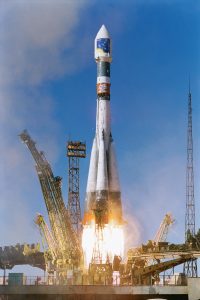
Soyuz-Fregat launch of first pair of Cluster satellites from Baikonur in Kazakhstan, 15 July 2000. Credit: ESA/Starsem
Nor can I forget the very dramatic moments of the summer of 1989, following the non-ignition of the Ariane 4’s upper-stage Mage motor, which was supposed to place Hipparcos on its geostationary orbit?
It is also impossible to forget the even-more dramatic moment following the loss of the first Cluster mission on 4 June 1996, to which ESOC had contributed so much effort in developing a very sophisticated control system. In just a few seconds, this system became an orphan from its unique four-satellite mission and completely useless. Deeply sharing the frustration and despair of all of those at ESOC, who had spent so many years on this mission, and witnessing, mute and with tears in our eyes, that dramatic ending, I proposed to Reimar Lüst, the Director General of ESA when Cluster was decided, that we go to ESOC, by ourselves, privately, and talk to and console the engineers and the control team after this dramatic event.
I made on that occasion a promise that Cluster would be rebuilt and relaunched, even though I did not yet know how to realize this. This, indeed, was done in just four years, and in July and August of 2000 the mission was relaunched using two consecutive launches of a Soyuz rocket and the ESOC control capabilities.

Integration test of ESA’s satellite Solar and Heliospheric Observatory (SOHO) at Toulouse (France) in April 1995. Credit: ESA
Can I forget SOHO lost at Lagrange point L1 in June 1998, which NASA was not very keen to keep controlling, but was nevertheless recovered and resurrected in less than two months, in August 1998, when ESOC once more − as one of the most motivated and active contributors − provided another demonstration that in space, whatever happens: never give up!
And can I forget my last long trip abroad just four months before my departure from ESA in April 2001, when I participated to an extraordinary visit to Australia for the inauguration of the New Norcia ground station antenna?
That memorable event was not only official but found me involved in awarding a prize to the best contributions from some young Australian school children invited to express what in their view space exploration meant to them.This contest was organized by the head of ESOC Communication, Jocelyne Landeau-Constantin.
The winner was a young boy about 12 or 13 years old. I invited him up onto the stage to congratulate him and present him his award. Then I asked him:
Bonnet: Now that you have won the contest what is it that you want to do after school?
The young winner: I want to be a rocket driver!
Bonnet: Where will you go with your rocket?
The young winner: I want to go to Mars!
Bonnet: And what will you do on Mars?
The young winner: I will find a good place to land. Then I will plant the Austrian flag. After that, I will look around to find the nearest tree and… pee on it!
This beautiful story enchanted me and still does so many years after the New Norcia inauguration.
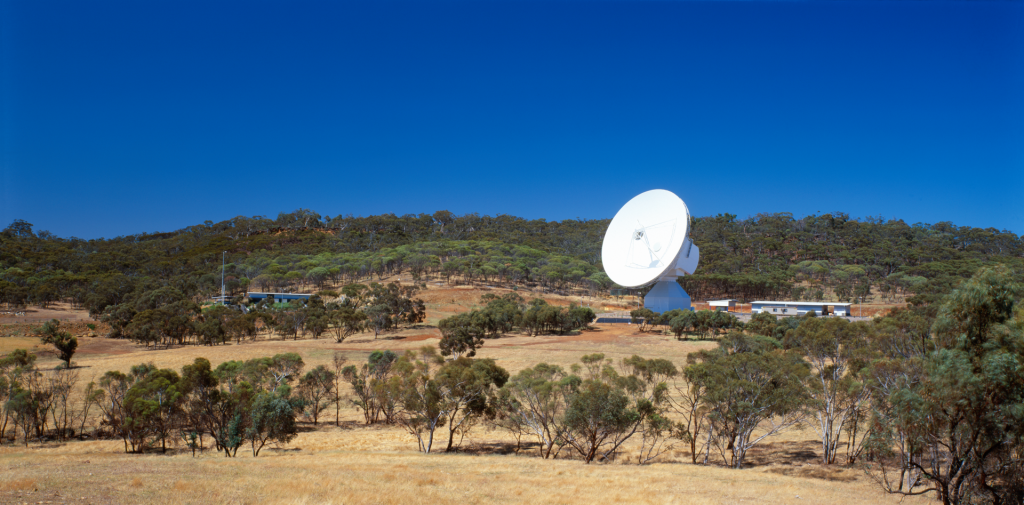
ESA’s 35 m-diameter deep-space tracking station at New Norcia, Australia, seen in a full panorama in 2002. Credit: ESA
What amazed me most about ESOC?
In summary, to me, ESOC is synonymous with competence, professionalism, talent, dedication and sense of service. Particularly impressive is the team spirit that dominates all the acts and operations of all ESOC engineers.
There exists, indeed, a unique interpretation of humanism by all ESOC agents, which for so many years, has made a delight of my visits to Darmstadt, and created an unforgettable friendship with so many of these fantastic people.
How will satellites be controlled in 50 years from now?
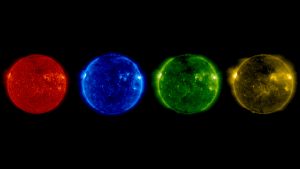
Residents of Earth’s northern hemisphere enjoyed the greatest number of daylight hours in a single day all year on 21 June 2017. This summer solstice occurs when the tilt of Earth’s axis is most inclined towards the Sun, which sits directly over the Tropic of Cancer. Credit: ESA/NASA
In 50 years from now, external space will be crowded with a myriad of large and small satellites, for telecommunications, Earth observation, research and science, and this will all be a challenge and probably a nightmare for the ESOC magicians, making their present job look like a children’s game.
In 50 years, many more dish antennas will be installed in all parts of the world, always bigger and better, for controlling all these satellites. ESOC might follow with interest the forthcoming progress in quantum communications and its engineers are probably the best in the world to tell me how that will work!
What will be the most daring mission in the next ten years?
Flight Control team during a simulation session in the Main Control Room at ESOC
Reflecting on the fascination of all human beings as to where we come from, how was our Universe born and understanding the nature of time, the mission which will contribute the most to solving these mysteries is that which will detect gravitational waves from the so-called Big Bang. These waves were emitted at the time of that incredible event.
That mission, today, is ESA’s LISA mission. I hope to be alive when it will detect these long-searched-for cosmic messengers. Achieving such distant space observations while driving LISA through deep space will offer a fantastic new challenge for ESOC – which I am sure they will undoubtedly and successfully take up, opening the path to the new era of 21st century astronomy.

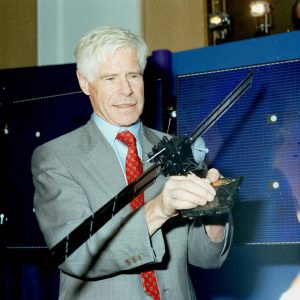
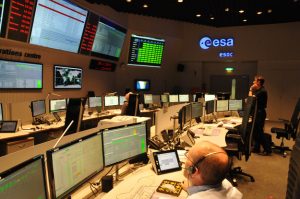
Discussion: no comments